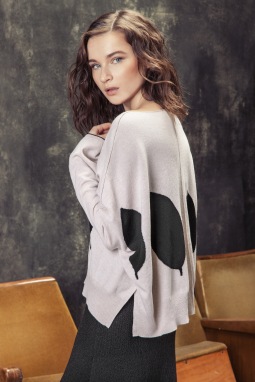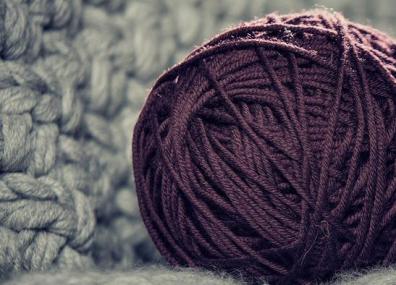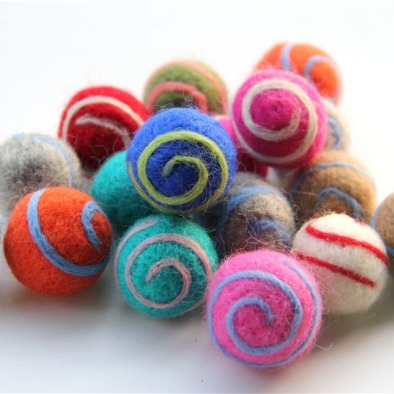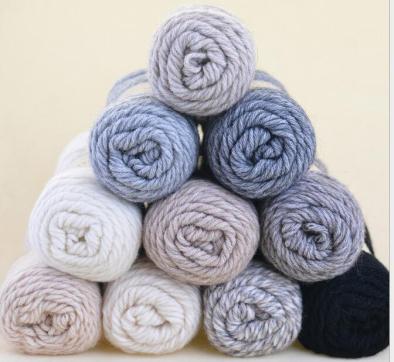
When it comes to winter apparel, we have one piece of advice: do not be a sheep, but wear one in order to keep warm. The unknowing masses will graze over the mass-market woolen offerings like… the sorts of animals who bunch together for protection from predators… and this is reality! Most consumers possess a cursory knowledge of wool varieties by touch and price, but few of us actually know what we are paying for and if it is worth it.
Today Terre Alte is here to make you smarter, with a brief primer on all things wool. We have to start from the beginning: what is wool?


Wool is a general term describing the spun fibers from the hair of any number of mammals. In the USA, wool typically means wool from sheep, but we are not restricting ourselves to things that baa. Mohair, cashmere, and angora are all technically types of wool. Alpacas, goats, sheep, rabbits are shaved to produce the fabric. Yet, since sheep produce a substantial majority of the world’s wool, it’s as good place as any to start.
Sheep
There are two varieties of wool produced from sheep: Lambswool and Merino.
Lambswool is what it sounds like – the wool from an adorable, unsuspecting baby lamb whose wool will be taken from the first shearing of the animal, usually around seven months (after its first coat has come in). It is fine and soft, and requires minimal processing.
Lambswool can come from any species of sheep, but Merino wool is only the wool that comes from a Merino sheep. Not all Merino is created equal, however. Merino is a game of microns, specifically the diameter of the follicle. The smaller the number, the softer and more expensive the wool. Garden-variety merino wool clocks in around 23 microns (human hair is around 40 microns in diameter!); fine Merino around 18 microns; superfine is 16; and the king of kings, ultrafine, is anything less than 15.5 microns. The uninitiated will tell you that cashmere is the finest textile on the planet.

Goat
Cashmere might be the finest textile on the planet. Thanks to “capra hircus laniger”, the cashmere goat, we are warmer and softer than a butterfly all winter long. Cashmere goats are raised all over central Asia, Mongolia, China, Australia, and New Zealand. What is important? It’s the downy, short hair close to the skin that makes for fine cashmere. Nineteen microns is where cashmere becomes cashmere. Anything more should be sent back because not authentic.
A little curiosity: Mohair is wool that comes from the Angora goat, which is not to be confused with angora, which is wool that comes from the angora rabbit. It is stiffer than cashmere (24 microns), but it wears hard, responds beautifully to dyeing, and we consider it the most underrated wool textile for menswear.

Rabbit
Angora rabbits look like Roombas made of hair, but that hair is incredible, at 11 microns in diameter (that is softer – but also more fragile than cashmere and ultrafine merino). Angora’s hard to come by, especially for menswear, but it adds an element of luxury without inviting the rage of the fur police.

Alpaca
Alpacas are tiny little cousins of the llama, weighing between 150 and 200 pounds. Their wool is soft and we are certain they’d be down to play fetch.

Muskox
Qiviut is the super-warm undercoat of this arctic stalwart. You are not likely to find Quiviut in warm areas of the world, but if you are in Alaska, and you are freezing your balls off, your balls can do no better than this dense, shrink-proof wool.
